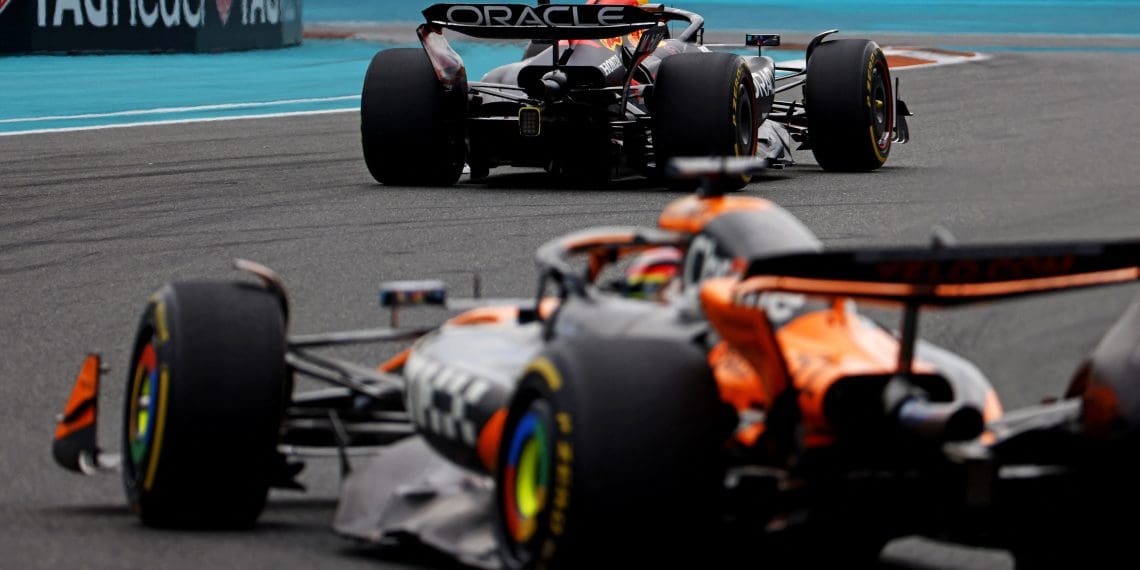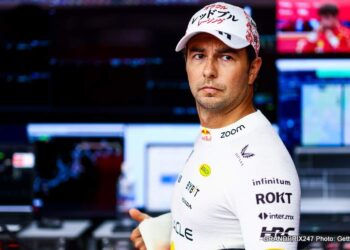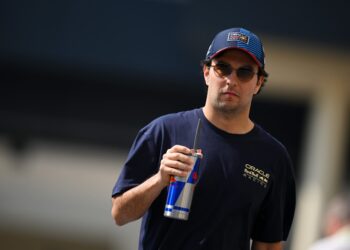Formula 1’s McLaren Stuns Rivals with Ingenious Brake System Tactics
McLaren’s dominance in Formula 1 has left its competitors baffled, especially concerning its exceptional tire management capabilities. The spotlight is currently on McLaren’s rear brake system in the MCL39, with the team’s proficiency in controlling temperatures proving to be a game-changer in preventing tire overheating.
Despite the intricate design hints offered by McLaren, rival teams are at a loss for a definitive explanation of the team’s methods. Speculations have emerged, suggesting McLaren might be employing innovative tricks to achieve its outstanding performance on the track. One such theory involves the use of phase-changing materials to regulate temperatures within the brake drums, thus minimizing heat transfer to the wheel rim and tires. This strategic approach helps McLaren maintain optimal temperatures at the rear, enhancing its overall performance.
While intriguing, these theories face a harsh reality check when it comes to compliance with F1 regulations. The FIA strictly prohibits the use of certain advanced materials and technologies in Formula 1 cars to ensure fair competition among teams.
Specifically, Article 15 of F1’s technical regulations restricts teams from utilizing materials like metal matrix composites, additive manufactured materials containing beryllium, and phase-changing materials that could potentially alter airflow. The FIA’s regulations mandate that the only permissible method for heating tires is through blankets, ruling out any sophisticated technologies or materials for this purpose.
Moreover, Article 10.8.4 of the technical regulations explicitly prohibits the use of any device, system, or procedure aimed at heating the wheels, hubs, or brakes beyond ambient air temperature, or maintaining their temperature if already warm. This regulation effectively shuts down the possibility of McLaren employing phase-changing materials or similar advanced systems for cooling its brakes or tires.
The FIA has inspected McLaren’s brake system multiple times and found no violations, reinforcing the notion that McLaren’s success is attributed to innovative engineering practices. The team likely leverages a combination of unique internal ducting, airflow pressure management, and efficient energy retardation to optimize its brake system’s performance.
While McLaren’s remarkable tire temperature management sets it apart on the track, it is crucial to acknowledge that factors such as aerodynamics and suspension kinematics also play significant roles in enhancing the team’s overall performance.













